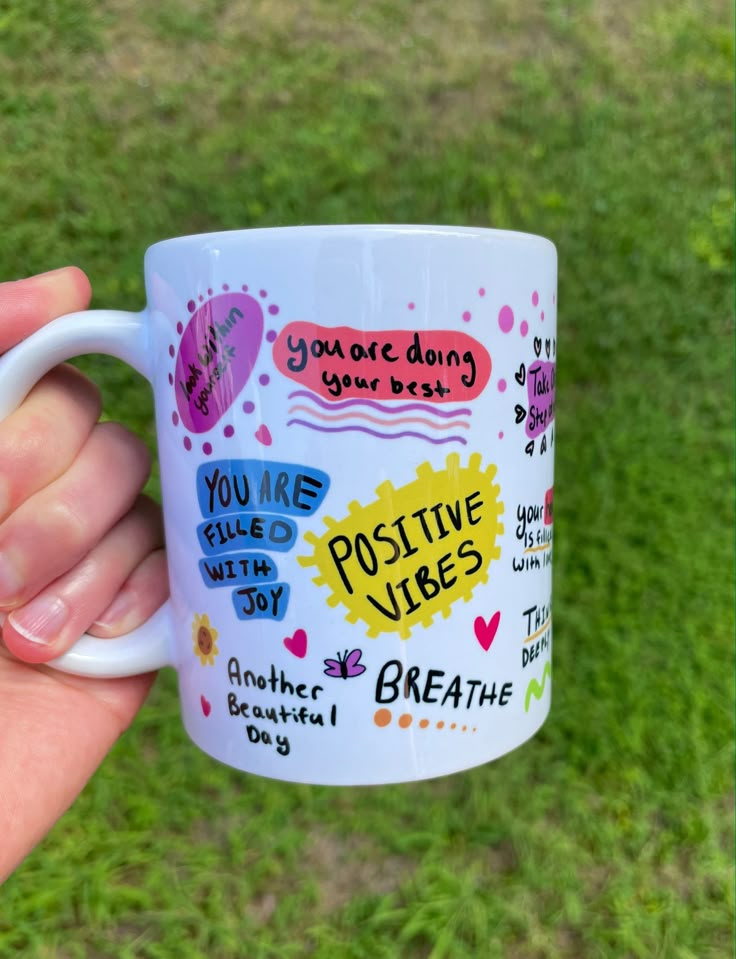Mug printing is a fantastic way to personalize drinkware for gifts, promotional items, or even a business venture. Whether you’re new to mug printing or looking to refine your technique, this guide will walk you through the most popular printing methods, essential tips, and how to get the best results.
1. Popular Mug Printing Methods
Different printing methods offer varying levels of quality, durability, and cost-effectiveness. Here are the most common techniques:
Sublimation Printing
- Uses heat and special sublimation ink to transfer designs onto mugs.
- Produces high-quality, full-color images that are durable and dishwasher-safe.
- Best for ceramic mugs with a polymer coating.
Screen Printing
- Involves applying ink through a stencil screen onto the mug surface.
- Ideal for bulk orders with simple, bold designs.
- Not as detailed as sublimation but cost-effective for mass production.
Vinyl Printing
- Uses heat transfer vinyl (HTV) or adhesive vinyl for custom designs.
- Good for one-off or small-batch customizations.
- Not as long-lasting as sublimation, especially in dishwashers.
Laser Engraving
- Uses a laser to etch designs onto ceramic, glass, or stainless steel mugs.
- Creates a high-end, permanent, and elegant finish.
- Best for corporate gifts and luxury designs.
2. Essential Equipment for Mug Printing
To start mug printing, you’ll need:
- Blank Mugs – Choose high-quality, coated mugs for better print adhesion.
- Printing Machine – A heat press, screen printing setup, or laser engraver depending on the method.
- Design Software – Adobe Illustrator, Photoshop, or free alternatives like Canva.
- Inks & Transfer Paper – Sublimation ink, heat transfer vinyl, or screen printing inks.
3. Design Tips for Perfect Mug Prints
- Use High-Resolution Images – At least 300 DPI for sharp, clear prints.
- Check the Print Area – Standard mugs have a printable space of about 8.5” x 3.5”.
- Avoid Small Text – Tiny details may not transfer well, especially in screen printing.
- Use CMYK Color Mode – Ensures accurate print colors.
4. Common Mistakes & How to Avoid Them
- Blurry or Faded Prints – Ensure the correct temperature and pressure settings.
- Design Misalignment – Use a template and test prints before mass production.
- Peeling or Cracking Vinyl – Always follow heat press instructions for vinyl adhesion.
- Dishwasher Damage – Hand-wash mugs when necessary to extend print longevity.
5. Starting a Mug Printing Business
If you’re considering selling custom mugs, follow these steps:
- Define Your Niche – Personalized gifts, corporate branding, or artistic designs.
- Invest in Quality Equipment – Reliable printers and presses ensure professional results.
- Market Your Products – Use Etsy, Shopify, or social media to reach potential buyers.
- Offer Customization – Allow customers to add names, logos, or unique designs.
Final Thoughts
Mug printing is a rewarding and versatile business or hobby. By choosing the right printing method, using high-quality materials, and perfecting your design techniques, you can create stunning custom mugs that last. Whether for personal use or a commercial venture, mastering mug printing opens up endless creative possibilities!

